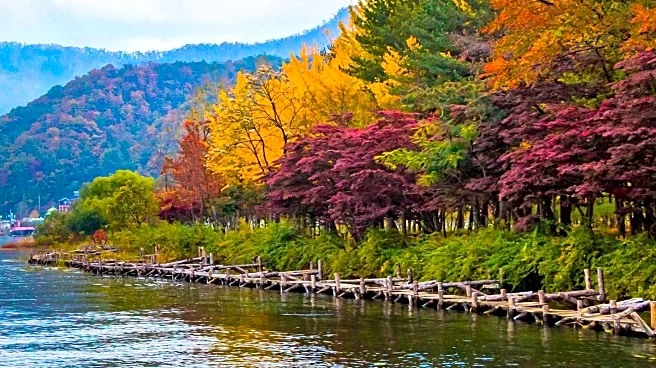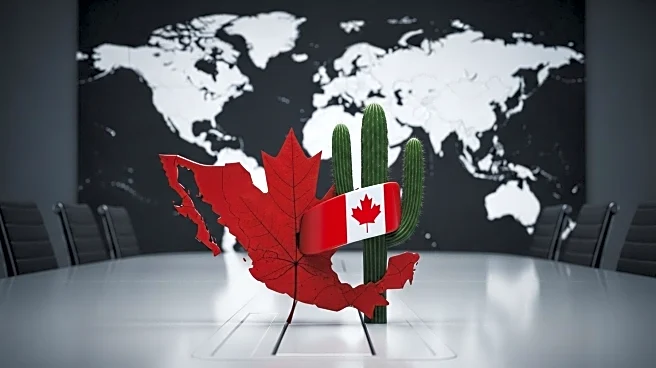North Dakota, a state in the Upper Midwest, is known for its expansive landscapes and rich cultural heritage. With Bismarck as its capital and Fargo as its largest city, North Dakota offers a unique blend of history, geography, and economic significance.
Core Facts
North Dakota is the 19th-largest state by area, covering 70,704 square miles. It is bordered by Canada to the north and three U.S. states: Minnesota, South Dakota, and Montana. The state is part of the Great Plains region, characterized by prairies, steppe, and farmland.
Notable Details
North Dakota is home to the geographic center of North America, marked by a stone in Rugby. The state's economy is driven by agriculture and energy, with significant contributions from the Bakken Formation oil reserves. The influence of Native American cultures is evident in the state's name and traditions.
Comparisons and Contrasts
Compared to other states, North Dakota is less densely populated, ranking as the fourth least populous state in the U.S. Its expansive landscapes contrast with the urban environments of more densely populated states, offering unique opportunities for agriculture and energy production.
Key Data Points
Key data points for North Dakota include its population density, economic contributions, and geographical significance. The state's agricultural sector is a major contributor to the U.S. economy, with leading production of wheat and barley. The energy sector, particularly oil production, has driven economic growth and job creation.
 Discover Daily • 7 min read
Discover Daily • 7 min read 











